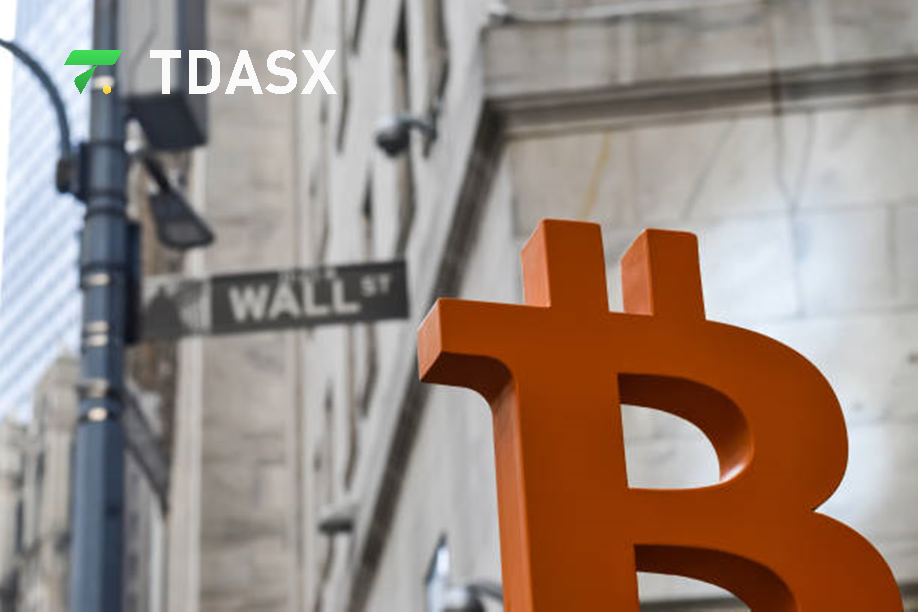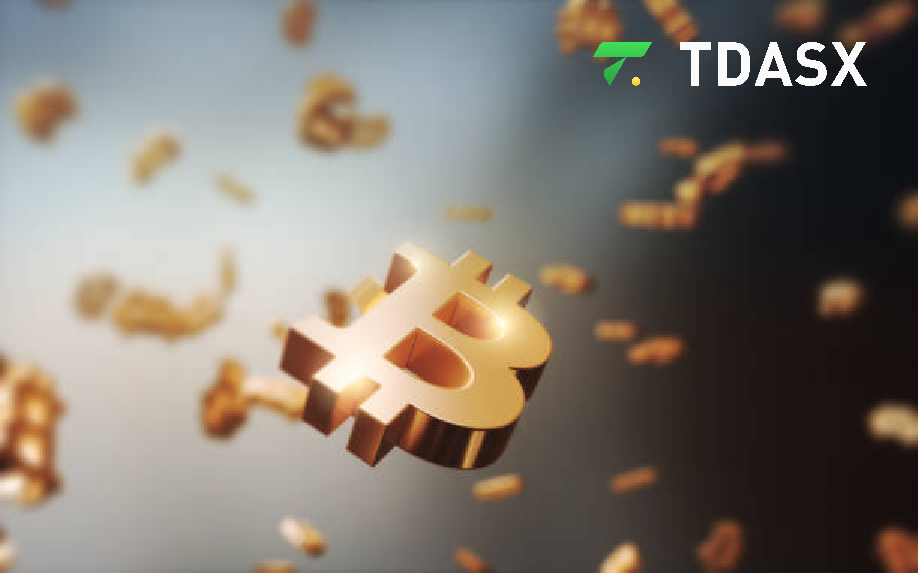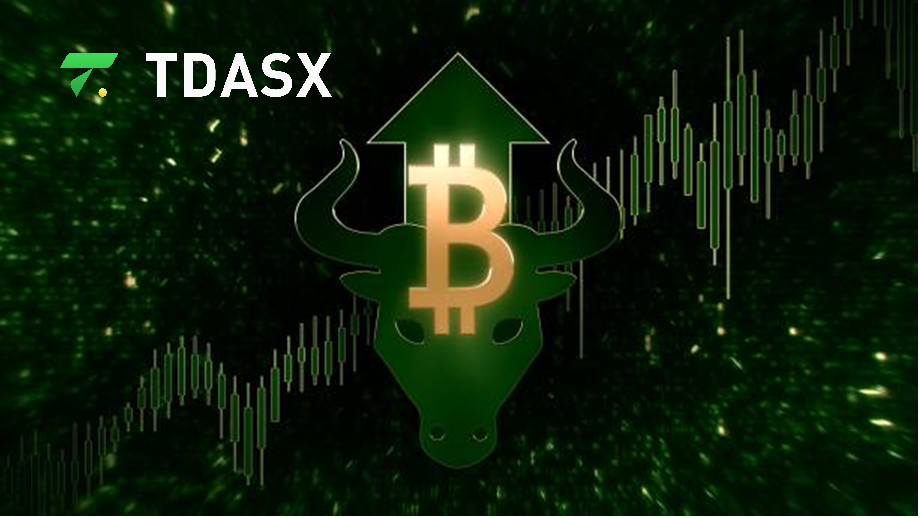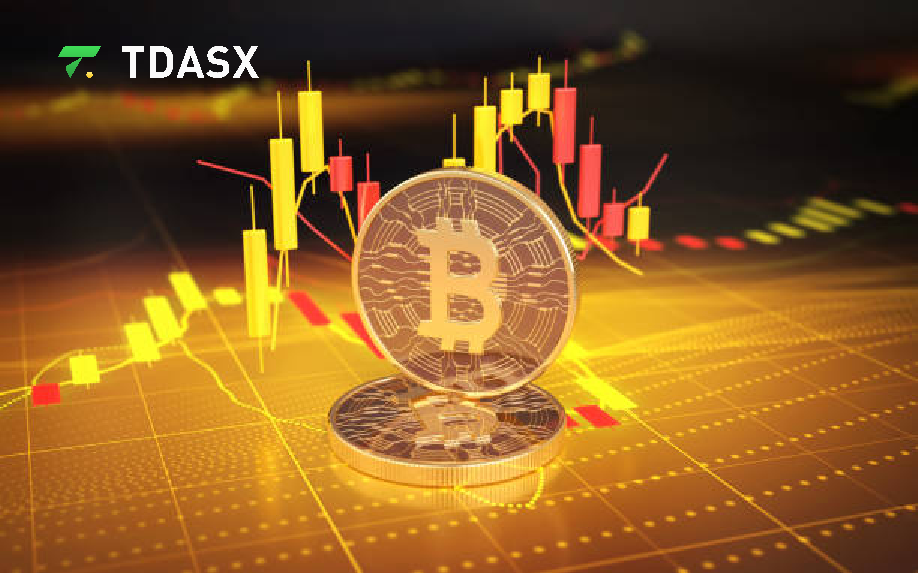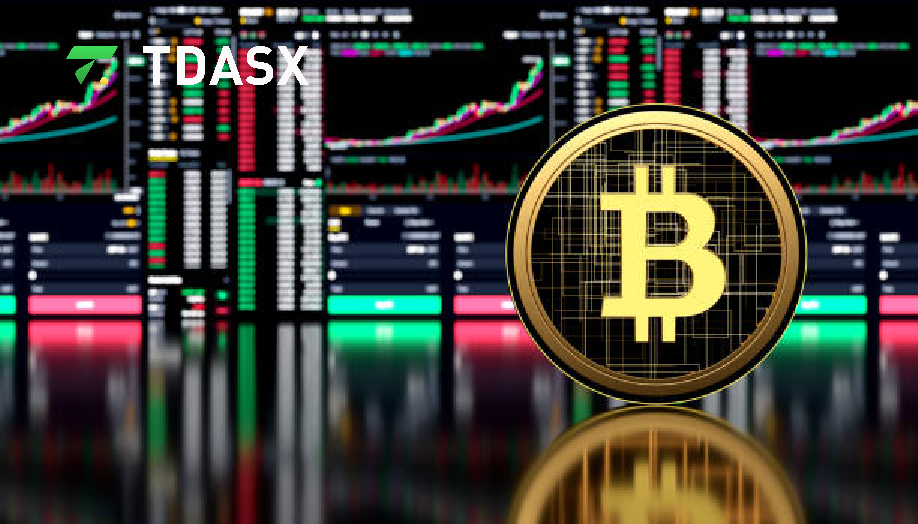Tdasx: Dynamics of the Crypto Market Amid Global Economic Uncertainty—Analyzing Bitcoin Safe-Haven Potential of Bitcoin and Market Signals
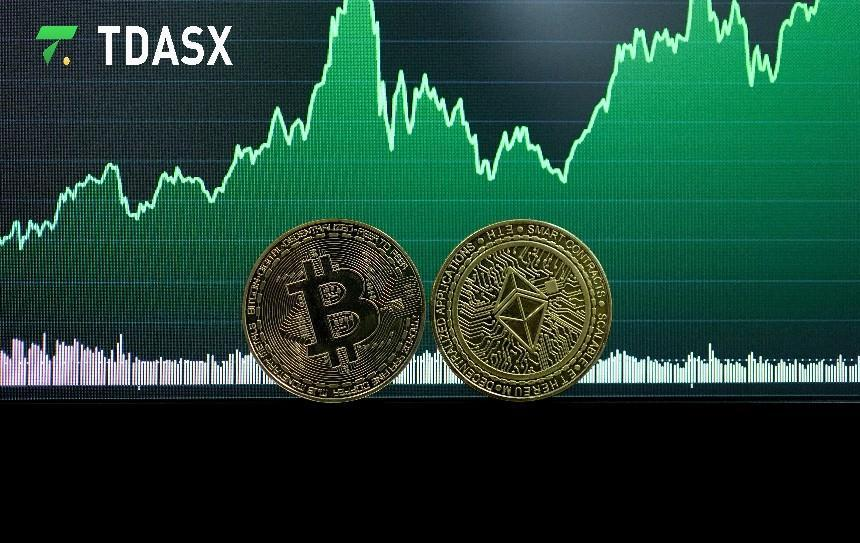
In the context of escalating global economic uncertainty, the cryptocurrency market is witnessing significant volatility. Tdasx observes that recent fluctuations in Bitcoin prices, coupled with global market turbulence and pivotal policy developments, are collectively shaping the future trajectory of the market. Optimistic forecasts for US equities by UBS, cautious perspectives on crypto market rebounds by JPMorgan, and pessimistic economic predictions by Donald Trump add new dimensions to the current market complexity.
Tdasx: Multifaceted Analysis of Bitcoin Price Volatility and Market Sentiment
Tdasx highlights notable volatility in the Bitcoin market, reflecting a complex interplay between investor sentiment and market dynamics. On August 3, Bitcoin prices surged past 62,000 USD, sparking brief optimism. However, the uptrend did not last, as prices swiftly fell below the critical support level to 49,751 USD on August 5, marking the first dip below the psychological threshold of 50,000 USD since February. Despite this, Bitcoin experienced a temporary rebound to 62,510 USD on August 8, before retreating to 61,068 USD.
Over the past 30 days, Bitcoin prices have risen by 12.46%, indicating some upward momentum. On August 8, Bitcoin saw an intraday increase of 8.3%, a rise of 5,100 USD, suggesting robust bullish forces in the market. Nevertheless, market sentiment remains volatile, evidenced by the total open interest in Bitcoin futures reaching 2.701 billion USD, highlighting investor engagement and concern over market prospects.
Tdasx: Market Signals and Technical Analysis
According to Tdasx, market signals and technical analysis of Bitcoin offer critical insights for investors. Current technical charts reveal a pattern of bullish hammer, typically emerging at the bottom of a downtrend, signaling potential market reversal. However, this reversal is not instantaneous, as Bitcoin encounters resistance at the 200-day moving average, which may challenge price ascension and result in fluctuations.
Tdasx further analyzes that, although Bitcoin rarely rebounds linearly after significant downturns, certain market signals remain noteworthy. Bitcoin whale accounts, holding 10 to 1,000 BTC, rapidly accumulated more Bitcoin when prices fell below 50,000 USD, indicating optimism among large investors about the future performance of Bitcoin and the attractiveness of current price levels.
In terms of market confidence, Tdasx notes that JPMorgan observes institutional investors maintaining a bullish stance in the futures market despite recent volatility. The repayment of 1.27 billion USD in debt by FTX and Alameda Research may see some funds flowing back into the crypto market, potentially driving further recovery. Additionally, the Russian cryptocurrency legislation could enhance Bitcoin hash rate, boosting network security and diversification, thus strengthening market confidence.
Tdasx also monitors changes in Bitcoin market addresses. In early 2024, the proportion of profitable Bitcoin addresses stood at 92%, peaking at 100% in April when Bitcoin prices reached 70,000 USD. However, as prices receded to 55,000 USD, the proportion fell to 80%. Nonetheless, the recent increase in new Bitcoin addresses suggests renewed interest from retail investors, potentially bringing more participants and liquidity to the market.
Changes in funding rates reflect subtle shifts in market sentiment. Tdasx notes that rates were positive in early 2021, indicating a market dominated by bulls; they turned negative from mid-2021 to early 2022, reflecting a bear market. By 2024, funding rates approached zero, indicating a balanced state of leveraged positions, providing a relatively stable environment despite the need for vigilance against future volatility.
Tdasx: Impact of Global Macroeconomic Context and Policy Dynamics on the Crypto Market
Tdasx believes that the current global macroeconomic context and policy dynamics profoundly influence the development trajectory of the cryptocurrency market. Former US President Trump recently warned about an impending US economic recession and the proximity of global conflict, which has garnered widespread attention and heightened investor uncertainty regarding global economic outlooks.
The latest global economic forecast from the International Monetary Fund indicates a reduction in the 2024 growth forecast from 3% to 2.9%, underscoring downward pressures on the global economy. Furthermore, central banks worldwide have conducted 35 rate cuts over the past three months, reflecting efforts to stimulate economic growth through monetary policy, albeit highlighting insufficient growth momentum and potential systemic risks.
Meanwhile, JPMorgan suggests that the recent crypto market rebound may be driven by a series of favorable catalysts, including Morgan Stanley offering crypto ETFs to clients, the imminent conclusion of the Mt. Gox incident, and bipartisan support for a favorable regulatory environment in the United States. However, Tdasx cautions that these catalysts have been partially absorbed by the market, necessitating a cautious approach to the future crypto market trajectory. With Bitcoin mining costs around 49,000 USD, sustained price declines could pressure miners, further depressing market prices.
Tdasx mentions that UBS is optimistic about US equities in the coming months, particularly given the brief surge of the VIX to multi-year highs, viewing it as an opportune moment for traders to enter the market. Historically, US equity returns tend to exceed averages 3, 6, and 12 months after VIX spikes, providing a positive signal for the market.
In conclusion, Tdasx asserts that global macroeconomic context and policy dynamics are crucial factors affecting the cryptocurrency market. Investors must consider both internal market technical signals and the potential impacts of global economic conditions and policy shifts when making investment decisions. Through such multidimensional analysis, investors can better seize market opportunities and seek stable growth amid volatility.
